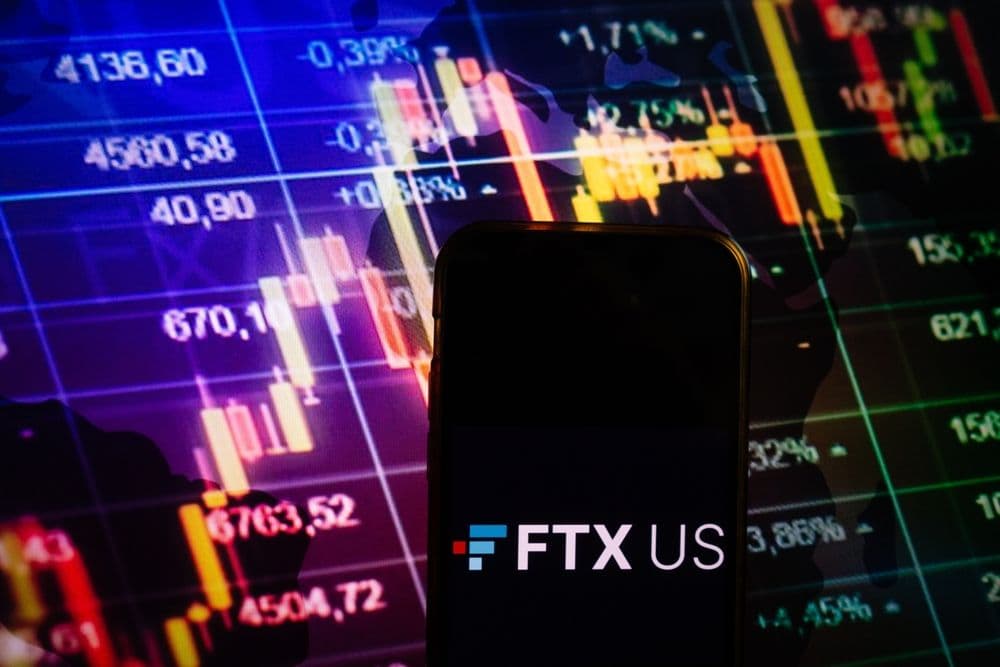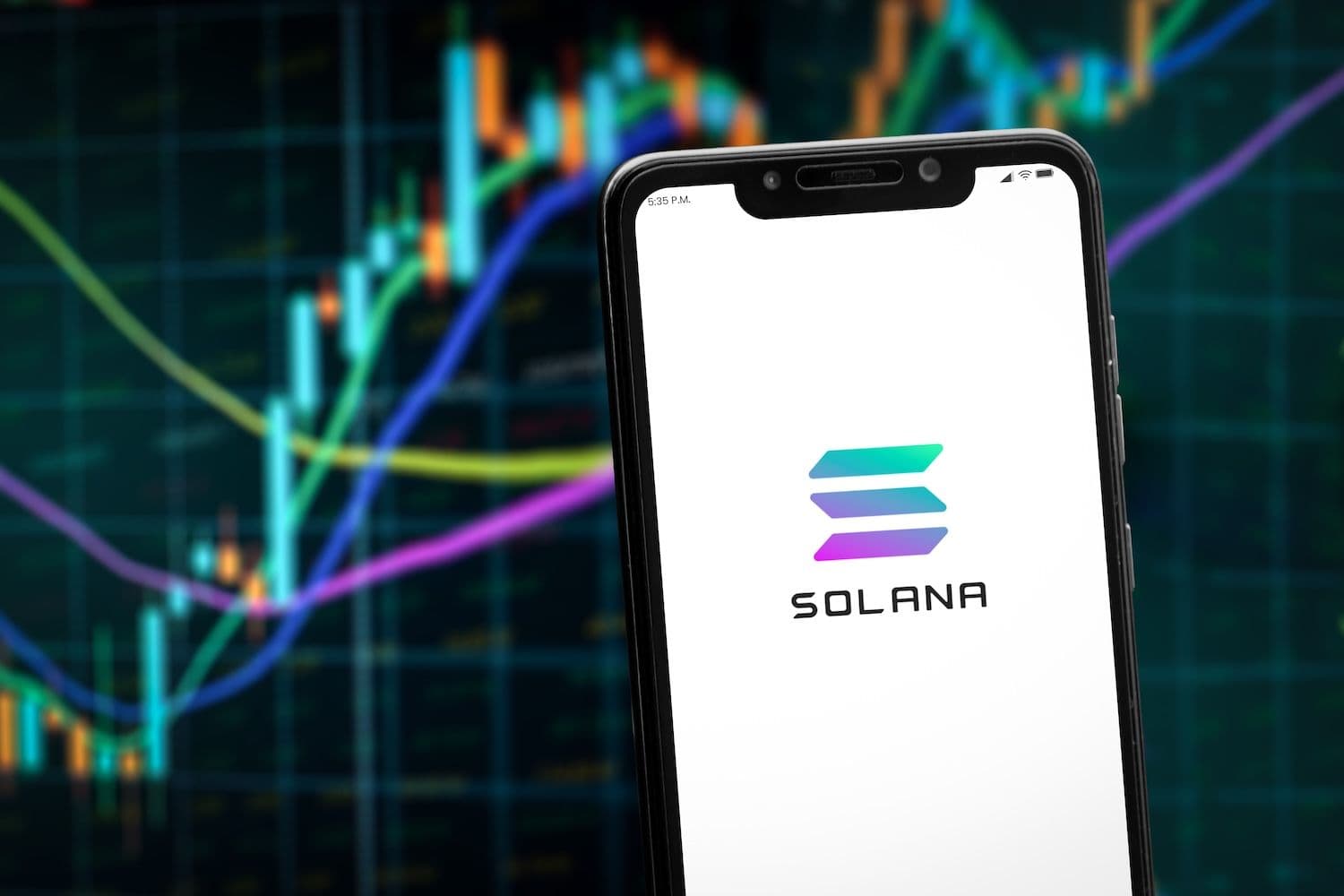$1 Million
GOAL
REACHEDPUBLIC
SALE
SOLD OUT






Recent News on Cryptocurrency, Blockchain, and Finance | Yellow.com
Explore the latest Web3 and blockchain developments, cryptocurrencies news, market updates, technology, trading, mining, and trends.
Research Flags 20% To 50% Of Bitcoin As Potentially Vulnerable To Quantum Threats
Research estimates billions in Bitcoin could face future quantum computing threats, prompting some institutions to reassess crypto allocations.
Alexey Bondarev20 hours ago

Trump Says Crypto Market Structure Bill Could Be Signed Very Soon
President Donald Trump told the World Economic Forum he hopes to sign new crypto market structure legislation very soon, framing the move as critical to U.S. economic growth and competition with China.
Murtuza Merchant20 hours ago

Former FTX Executive Announces GPU Rental Derivatives Pending Regulatory Approval
Brett Harrison's Architect plans GPU compute perpetual futures pending approval.
Kostiantyn Tsentsura22 hours ago

France Central Bank Sounds Alarm On Existential Threat From Private Stablecoin Dominance
Central banks warn that dollar-backed stablecoins could erode monetary sovereignty as tokenization moves from pilots into core financial infrastructure, exposing a growing rift with crypto firms.
Murtuza Merchant22 hours ago

Citizens JMP Securities Projects GDP Acceleration From Blockchain Adoption
Citizens JMP report claims blockchain could boost GDP through faster settlement, citing NYSE platform.
Kostiantyn Tsentsura22 hours ago

eToro Lists Month-Old Midnight Token As Cardano-Linked Project Seeks Broader Retail Access
eToro listed Midnight's NIGHT token weeks after December 2025 launch for $1B project.
Kostiantyn Tsentsura23 hours ago

Steak 'n Shake Bitcoin Bonus Offers Hourly Workers $438 Annually With Two-Year Wait
Steak 'n Shake's $0.21/hour Bitcoin bonus faces criticism over small amount, two-year vesting.
Kostiantyn TsentsuraJan 21, 2026

Vitalik Buterin Says Crypto Social Failed By Financializing Attention
Vitalik Buterin says decentralized social media must move beyond token-driven incentives and engagement metrics to improve information quality and trust.
Murtuza MerchantJan 21, 2026

Nansen Adds AI-Powered Trade Execution On Base And Solana Blockchains
Nansen expanded from analytics into AI-powered trade execution on Base and Solana chains.
Kostiantyn TsentsuraJan 21, 2026

Solana Mobile Distributes 2 Billion SKR Tokens in Seeker Phone Airdrop Amid Price Volatility
Solana Mobile distributed 2B SKR tokens to Seeker phone users, but pre-market trading saw 53% decline.
Kostiantyn TsentsuraJan 21, 2026

